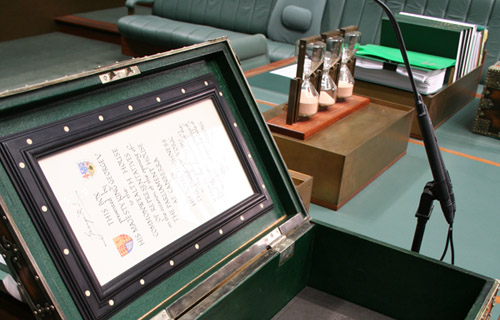Parts of Victoria’s electricity grid are set for a technical overhaul as part of a new $2.2 million trial which will explore how existing infrastructure can better integrate with solar power and other new technologies.
The trial, Creating Solar Friendly Neighbourhoods, is an alliance between leading energy infrastructure company Jemena, AusNet Services, and UNSW Sydney. The trial is receiving $1.1 million in funding from the Australian Renewable Energy Agency (ARENA), as part of ARENA’s Advancing Renewables Program.
Jemena’s Managing Director, Frank Tudor, said the trial was the first of its kind in Australia.
“We know customers are keen to install solar panels on their homes, but that they will continue to look to the existing electricity grid for power during times when the sun isn’t shining,” said Mr Tudor.
“This trial will use international technology to make a number of technical changes to existing infrastructure so that a greater number of people can install solar power on their homes, while maintaining the reliability of the electricity grid.
“We also know that for some of our customers their solar panels aren’t working as effectively as they could – with limits being placed on the amount of energy they can export back to the grid due to technical constraints. This trial will also address these issues.”
Mr Tudor said around 10 per cent of Jemena’s customers currently have rooftop solar, but that current estimates suggest that figure could be as high as 40 per cent within ten years.
The trial will target 106 customers in Greenvale – part of the Jemena electricity distribution network which serves over 343,000 customers across Melbourne’s northern suburbs. While 71 customers will participate in the trial in Montrose – part of AusNet Services electricity distribution network.
The two year trial will roll-out three technologies and intelligent control systems that will increase the distributed energy resources (DER) hosting capacity of networks, this includes:
- A dynamic phase switching of customer loads on low voltage feeders to help mitigate the localised voltage surge caused by increasing solar
- A dynamic power compensation to adjust the output voltage and mitigate the load unbalance challenge at the source distribution transformer
- Battery energy storage with Virtual Synchronous Generator (VSG) capability to mitigate power quality and stability challenges caused by very high penetration of solar.







